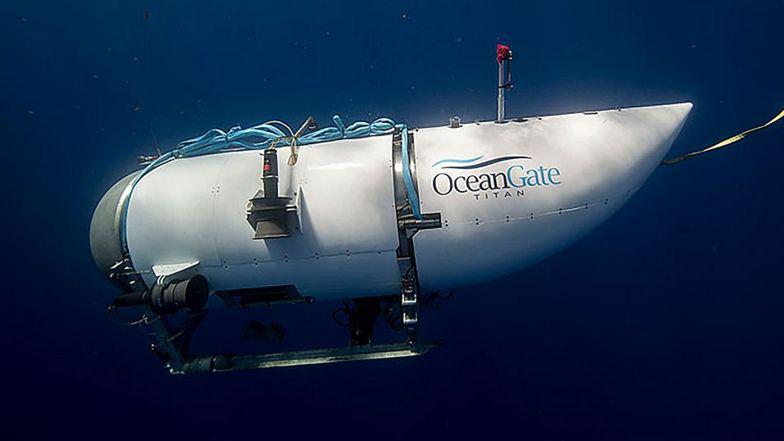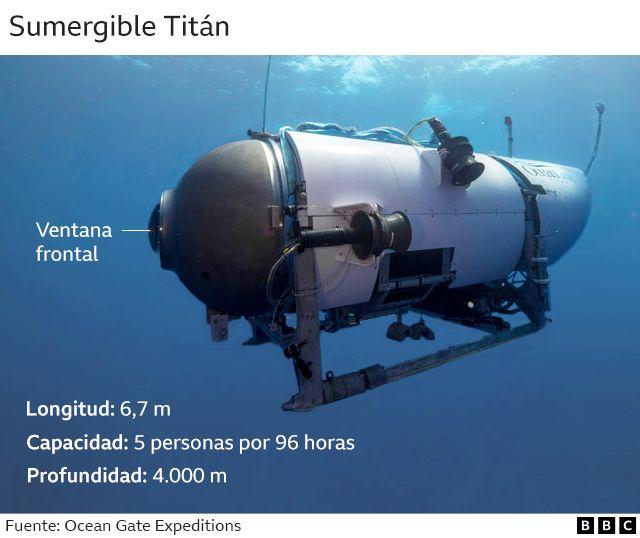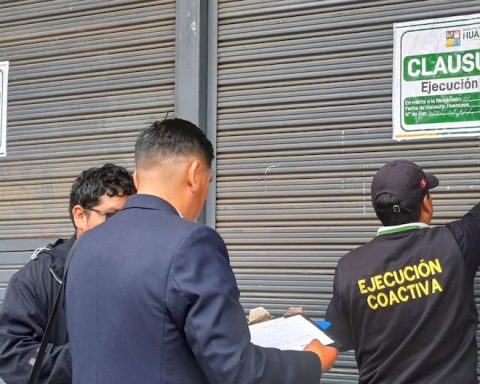June 22, 2023, 9:20 AM
June 22, 2023, 9:20 AM
Eloise Alanna and Nadine Yousif in Newfoundland; Alex Therrien and Kathryn Armstrong in London*

It’s a claustrophobic and terrifying prospect: being trapped in a nearly 7-meter-long submersible, potentially thousands of meters underwater, with your oxygen running out.
The precise location of the Titan submersible and the condition of the five people on board are unknown.
The ship is believed to have less than 10 hours of oxygen remaining, unleashing a race against time to find the submarine before it’s too late.
However, it is difficult to speak of an exact time, according to what Dr. Ken LeDez told the BBC.
For the hyperbaric medicine expert at Memorial University in St John’s, in the Canadian province of Newfoundland, some of the people on board could survive longer than expected depending on conditions.
“It depends on how cold they are and how effectively they conserve oxygen.LeDez explained.
He mentioned, as an example, that shivering burns up a lot of oxygen, while bundling up can help keep you warm.
Another point he stressed is that the lack of oxygen occurs through a gradual process.
“It’s not like turning off a light, it’s more like climbing a mountain: as the temperature gets colder, the metabolism slows down (depending) on how fast you climb that mountain,” he described.
Dr. LeDez admitted that it is difficult to know the situation inside the submersible, but that it is understandable to think that the same conditions could be different for one person or another, and that although it is an “unsettling conversation”, some might survive longer than others.

On Wednesday, Rear Admiral John Mauger of the US Coast Guard reported that there were still several unknowns in the search and rescue mission.
“We don’t know the rate of oxygen consumption per occupant in the submersible,” Mauger told the BBC.
The problem, Dr. LeDez added, is that running out of air isn’t the only danger facing the occupants inside the Titan.
Low temperature
The submersible may have lost electrical power, which likely plays a role in the control of the amount of oxygen and carbon dioxide inside.
As the oxygen level drops, the proportion of carbon dioxide that people exhale will increase, with potentially fatal consequences.
“As carbon dioxide levels build up, it becomes a sedative, it becomes like an anesthetic gas and you go to sleep,” the doctor explained.
Too much gas in a person’s bloodstream, known as hypercapnia, can kill them if not treated early.
Former British Royal Navy submarine captain Ryan Ramsey says he saw videos online of Titan’s interior and couldn’t see a carbon dioxide removal system, known as scrubbers.
“That to me is the biggest problem of all,” he said.
At the same time, the crew is at risk of hypothermia, when the body gets too cold.
According to Captain Ramsey, if the submarine is at the bottom of the sea, the temperature of the water will be about 0°C.
If you have also lost electricity, you will not generate power and therefore will not be able to produce heat.
Hope
Suffering from hypothermia need not be entirely negative for the passengers in the submersible, as it could be crucial to saving their lives.
“There is a possibility that if they get cold enough and lose consciousness, they will survive. Rescue teams know that,” said Dr. LeDez.
However, hypothermia, a lack of oxygen and carbon dioxide buildup inside the submarine mean the ability of people to contact the search and rescue mission, such as banging on the hull at regular intervals to try to call attention will decrease.
“If they’re unconscious, they won’t be able to do much,” Ledez says.
Although the Coast Guard warned that oxygen was probably low, the crew can keep other suppliesat least for a time.
Ramsey says that slowing down their breathing would also help, but admits that this could be difficult considering the level of stress they are under.
LeDez says they could also spread carbon dioxide absorbent granules or reduce their energy use if they still have electricity.
In terms of food and water, the Coast Guard said the crew had some “limited rations” on board, but could not say how many.
Despite all these challenges, LeDez calls for not canceling the search and rescue operation too soon, as could survive even when oxygen levels are very low.
“If anyone can survive inside, it’s these individuals,” he says.
“It just depends on them having power and light to be able to find things and do these checks, but absolutely, they could still be alive.”
*Oliver Slow contributed to this article
Remember that you can receive notifications from BBC Mundo. Download the new version of our app and activate them so you don’t miss out on our best content.

















